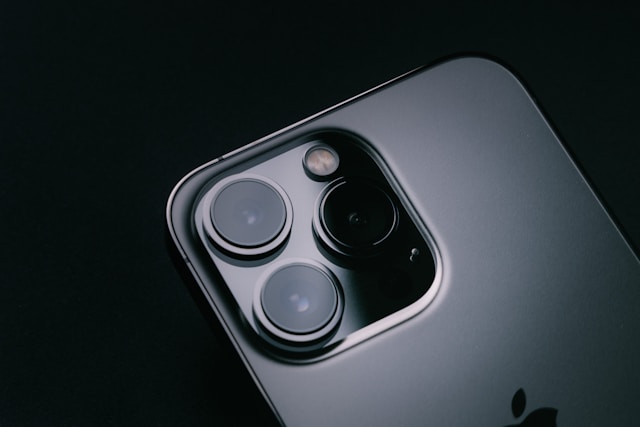Medical technology is witnessing a remarkable transformation driven by the synergy of aesthetics, functionality, and user-centric approaches. This is where industrial design plays a pivotal role, marrying innovation with practicality to revolutionise MedTech products. This article aims to explore how this field is reshaping the way people approach medical technology.
Understanding User-Centric Design
In MedTech, the user’s experience is paramount. Designers focus on creating products that are not only efficient but also intuitive and comfortable for both medical professionals and patients. This approach has led to designs that simplify complex medical procedures, making them more accessible and less intimidating.
By prioritising the user’s needs, designers ensure that medical devices are not just tools but extensions of the caregivers’ skills. The result is a higher rate of user satisfaction and an increase in the overall effectiveness of medical treatments. This shift towards user-centric design is making healthcare more approachable and less daunting for everyone involved.
The Role of Ergonomics
Ergonomics is crucial in MedTech. Products designed with ergonomic principles reduce the risk of injury and enhance efficiency. This consideration is especially important in a healthcare setting where precision and comfort can significantly impact outcomes. Ergonomic designs help in reducing the physical strain on healthcare professionals, who often work long hours under stressful conditions.
Additionally, well-designed ergonomic products can adapt to different users, accommodating a wide range of body sizes and abilities. This universal design approach not only increases the product’s usability but also ensures inclusivity in healthcare environments.
Innovations in Materials
Advancements in material science have opened new possibilities. Designers are now using biocompatible and durable materials that withstand sterilisation processes and frequent use, enhancing the longevity and safety of medical devices. These new materials can also be tailored to specific medical applications, providing better performance and increased reliability.
For instance, the use of lightweight, high-strength materials has made portable medical devices more feasible, allowing for better patient care outside traditional clinical settings. Moreover, advancements in materials are leading to more cost-effective solutions, making advanced medical technology more accessible to a broader audience.
Sustainability in MedTech
Sustainability is increasingly becoming a priority. Designers are adopting eco-friendly materials and processes, aiming to reduce the environmental impact of medical products without compromising their functionality or safety. This shift towards sustainable practices is not just about using recyclable materials but also about designing products for a longer life cycle, reducing waste and the need for frequent replacements.
Sustainable design in MedTech also involves reducing energy consumption and minimising the carbon footprint of manufacturing and distribution processes. As a result, these sustainable approaches not only benefit the planet but also support the economic and social aspects of healthcare.
Technology Integration
The integration of technology is another key aspect. Smart features, like AI and IoT, are being incorporated to provide real-time data, improve diagnostics, and enhance patient care. This technological infusion is setting new standards in healthcare efficiency and accuracy.
For example, wearable devices that monitor vital signs are providing continuous patient data, enabling proactive healthcare management. Additionally, the integration of AI is assisting in diagnostic processes, offering faster and more accurate results. This blend of design and technology improves patient outcomes and streamlines healthcare operations, making them more efficient and cost-effective.
Conclusion
Industrial design fundamentally transforms MedTech products, blending innovation with practicality to create user-friendly, ergonomic, sustainable, and technologically advanced solutions. This synergy is not just enhancing the efficiency of healthcare but also paving the way for a more inclusive and advanced medical future. These advancements have far-reaching effects and hold the promise of a new age in healthcare that is more effective, accessible, and sensitive to the needs of both professionals and patients.



